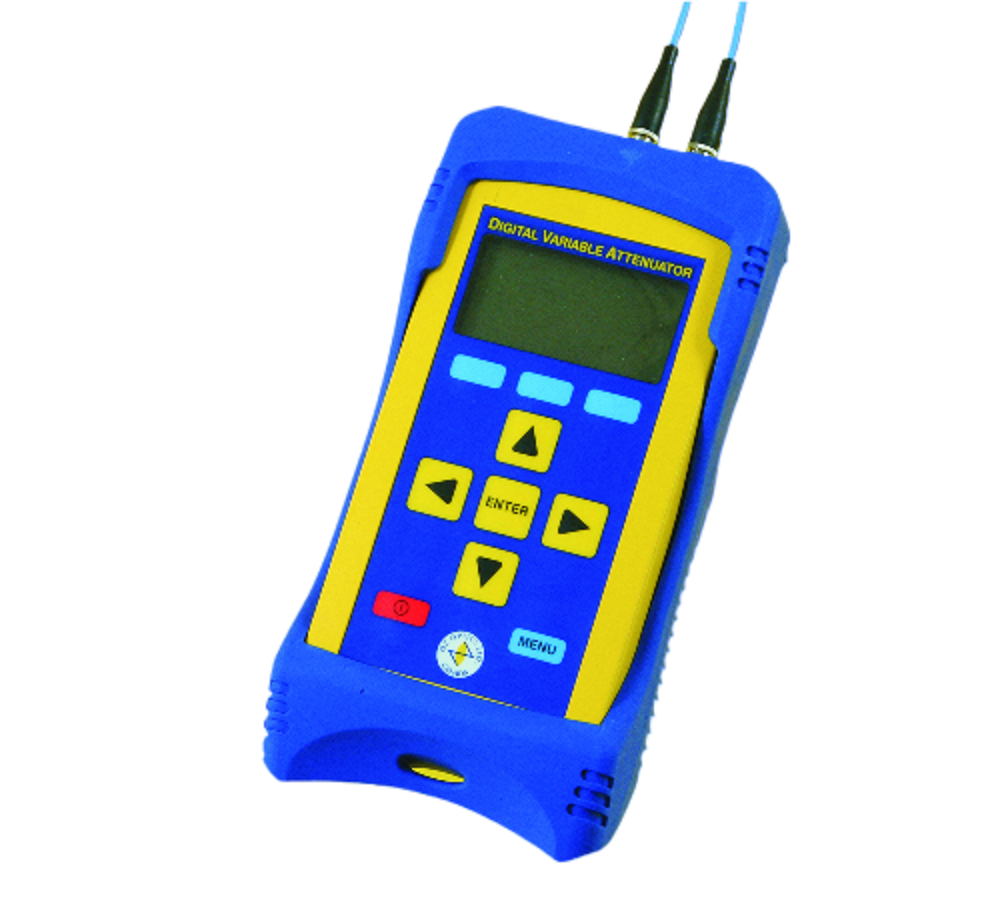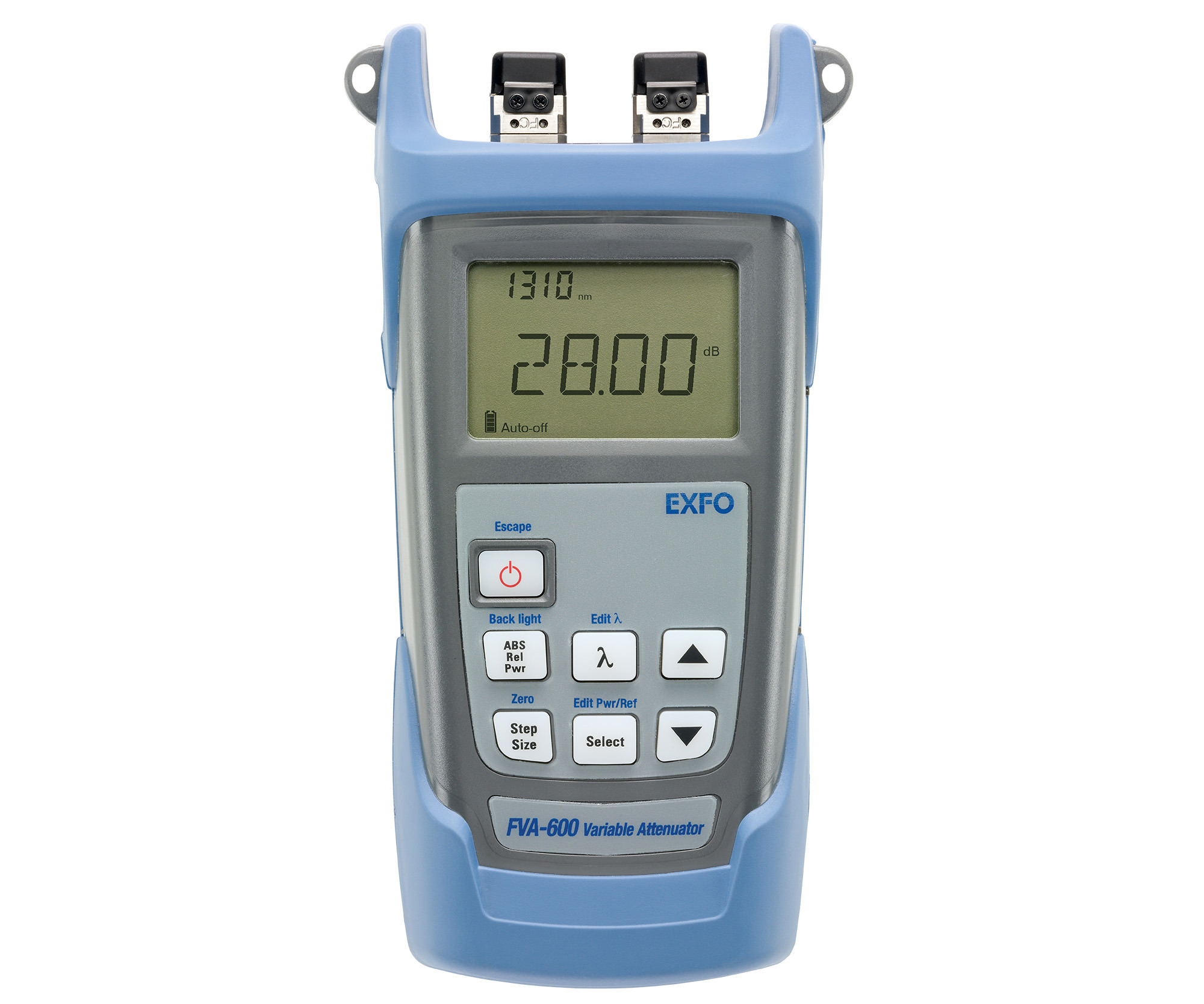
Source: ams technologies
Understanding Optical Attenuators
An In-Depth Look at Devices for Reducing Optical Power
Introduction to Optical Attenuators
Optical attenuators are essential components in the field of photonics, designed to reduce the power of a light beam. They can be applied to both free-space laser beams and telecom signals transmitted through optical fibers. The attenuation level can be either manually adjustable or controlled via an electrical signal, depending on the specific application requirements.
Applications of Optical Attenuators
Optical attenuators are versatile tools used in various scenarios. They are crucial in adjusting signal levels in optical fiber communication systems and testing the bit error rate of telecom systems as a function of signal power. Additionally, they allow for variable laser power in applications where direct laser output adjustment is impractical.
Types of Optical Attenuators
Bulk Attenuators
Bulk attenuators include filter wheels, which use neutral density filters to achieve variable attenuation by simply rotating the wheel. This rotation can be manual or motorized, allowing for precise control over the attenuation level.
Rotated Dielectric Mirrors
For high-power applications, rotated dielectric mirrors are preferred. These devices allow a variable fraction of incident power to be directed into a beam dump, providing robust power handling capabilities. They are typically polarization-dependent, which is suitable for linearly polarized laser beams.
Rotated Polarization Devices
These devices use a rotatable half-waveplate to vary the polarization direction of a linearly polarized input beam, followed by a polarizer. They are capable of handling high optical powers, with the rejected beam directed into a beam dump.
Liquid Crystal Attenuators
Liquid crystal modulators provide electrically adjustable attenuation by altering the polarization state, which is then further attenuated by a polarizer. While these devices have limited power handling capabilities, they offer precise control over attenuation levels.
Fiber-Optic Attenuators
Fiber-optic attenuators introduce variable attenuation through different methods, such as adjusting fiber end alignment or bending. These devices are typically used in single-mode fibers to avoid mode-dependent losses. They can be inline devices, integrated into fiber patch cables for seamless operation.
Performance Factors
When evaluating optical attenuators, several performance factors are crucial:
- The adjustable attenuation range, e.g., 0.5 to 10 decibels.
- Accuracy and reproducibility of the attenuation.
- Polarization dependence and mode dependence, particularly in multimode fibers.
- Uniformity of attenuation across the beam profile and any introduced wavefront distortions.
- Maximum allowed optical input power.
- Operational wavelength range with consistent attenuation, such as the telecom C band (1530–1565 nm).
- Adjustment speed for electrically controlled attenuators.
- Overall power handling capability.

Source: EXFO
Feel free to comment your thoughts.



